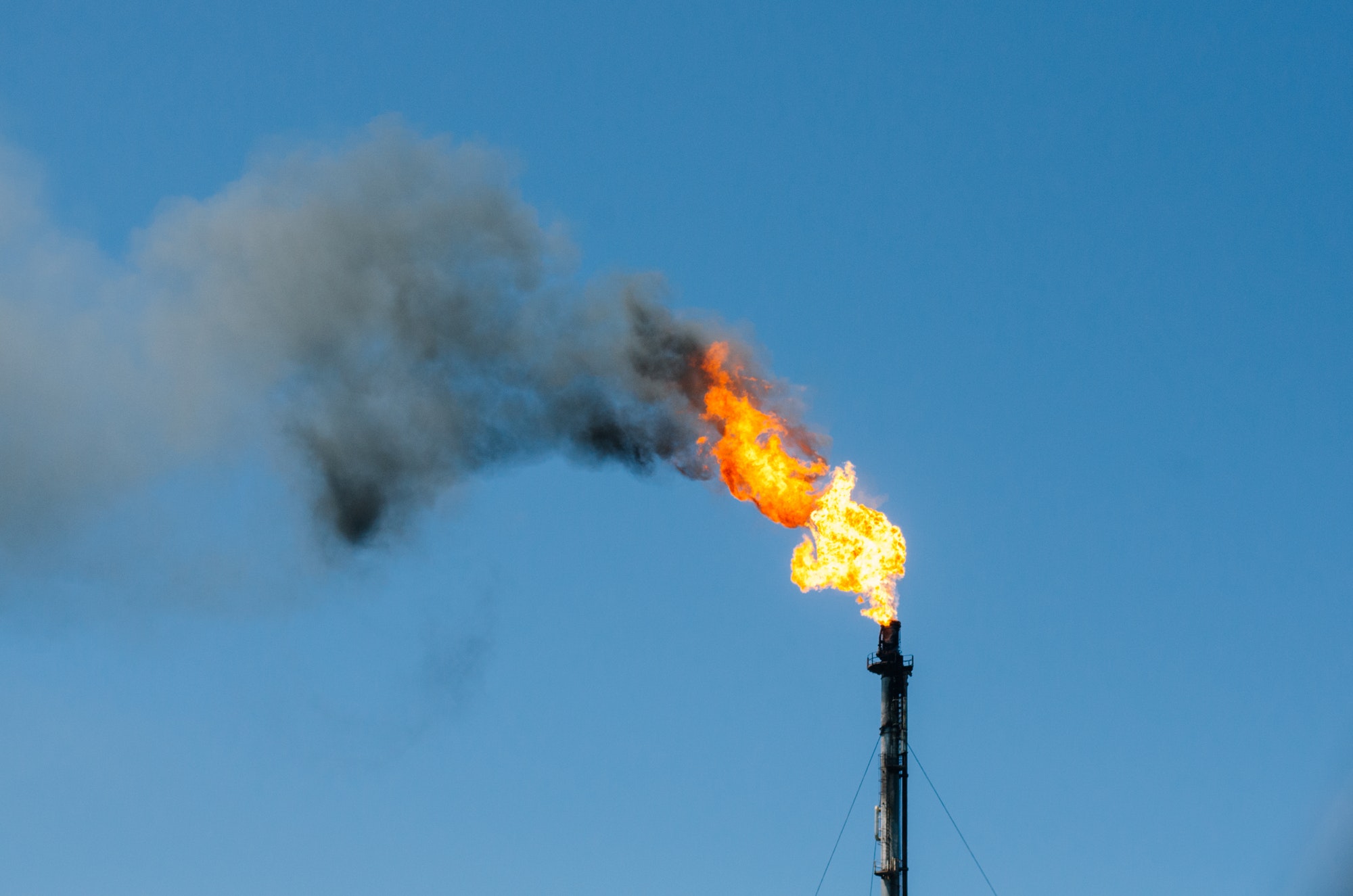

Clean Energy Innovations in an Unlikely Location
Let’s face it, the odds of the world halting the use of fossil fuels is even higher than me winning the Power Ball Lottery
I’m not being defeatist. I’m just stating fact.
But instead of dumping that aspiration, we need to continue to reduce what we use. Going forward, the new energy mix needs find effective and efficient ways to leverage all energy options.
When most people think green energy, vision of fields full of solar panels and windmills come to mind. The last thing they’d envision is an oilfield flaring natural gas.
But that is exactly what H2 Enterprises sees
Oil companies commonly flare (or burn) waste gas for many reasons: it’s too small a volume to sell, it’s contaminated with hydrogen sulfide, the well is too remote to build a pipeline, etc. The separated gas goes up a stack, where it burns with a tall flame. It’s a common sight around the oil fields across the U.S.
No matter what the reason, flared gas remains a source of environmental and climate-related concerns. Nearly every oil well produces some natural gas with it. And flaring that gas releases harmful pollutants and contributes to greenhouse emissions.
Recognizing the environmental impact of this practice, H2 Enterprises saw an opportunity. In the pursuit of sustainable energy solutions, H2 Enterprises has emerged as a pioneer in converting flare gas into clean hydrogen.
H2 is a forty+ year old reclamation company. They do everything from erosion prevention, landslip mitigation, post-fire land restoration, etc. And now they are working on converting wasted flare energy into something good.
H2 Enterprises developed advanced technologies that convert flare gas into hydrogen. They use a process known as steam methane reforming. Methane is the technical name for natural gas. The molecule is CH4 – one carbon atom bound with four hydrogen atoms.
The methane from the flare gas reacts with steam, producing hydrogen and carbon dioxide. The carbon dioxide generated can be captured and stored, significantly reducing emissions compared to traditional flaring practices.
Hydrogen acts as a kind of battery. It has energy stored in its molecule (H2) that gets released when it combines with oxygen in combustion. The result of that combustion is water: H2O.
When produced using low-carbon methods, hydrogen holds great promise for a sustainable future. The hydrogen produced by H2 Enterprises can be used in a variety of applications, including fuel cells for transportation, industrial processes, and electricity generation.
By reducing flare gas emissions, H2 lowers levels of methane and other pollutants released into the atmosphere. Furthermore, the use of hydrogen as a clean energy source helps decrease reliance on traditional fossil fuels, thus diminishing the carbon footprint associated with energy production.
Innovative ideas like this continue to move our society in a positive way. Transitioning energy production towards cleaner sources. And reducing waste, even in an oil field, is a positive step towards our goal.
Maybe I won’t win the lottery, but I embrace hope that smart people will continue to change our energy future.
For The Good
Michael Nichols
Numbers You Need to Know
139 Billion
Thousands of gas flares at oil production sites worldwide burned approximately 139 billion cubic meters of gas in 2022. (The World Bank)
4 Million
23-year-old Texans made $4 million mining bitcoin off flare gas from oil drilling. Using the gas flares to run shipping containers full of computers they powered their bitcoin mining operations. (CNBC)
5 Times
Recent Studies indicate that methane gas flaring is up to 7% less efficient than originally estimated. This represents a five times increase in methane emissions over original estimates. (Science)
What’s New in Sustainable Investing
U.S. Methane Emissions Reduction Action Plan
The U.S. Department of Energy announced up to $30 million for the development of advanced technologies to reduce or eliminate the need for natural gas flaring at oil production sites. (Department of Energy)
The Biden administration is investing in hydrogen hubs, but roadblocks remain
The promise of hydrogen fuel is that it could cut emissions in industries like trucking and manufacturing that have proven most difficult to decarbonize. It’s a lot of pressure for an industry that’s barely off the ground. (Market Place)
Video Of The Week
Gas flaring: Can we rein in the waste and pollution?
Controlled burning of unwanted natural gas during oil and gas recovery is a commonplace procedure in the energy industry but it is both wasteful and damaging to the environment.




